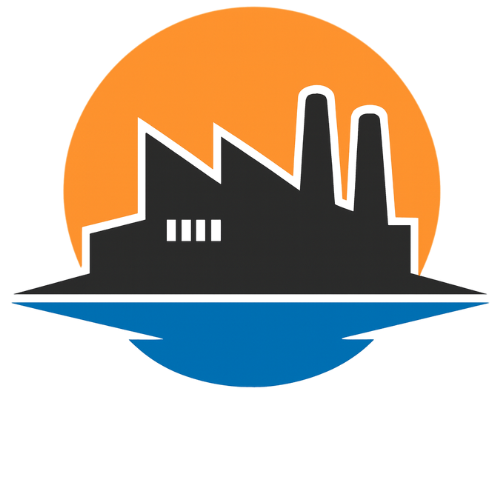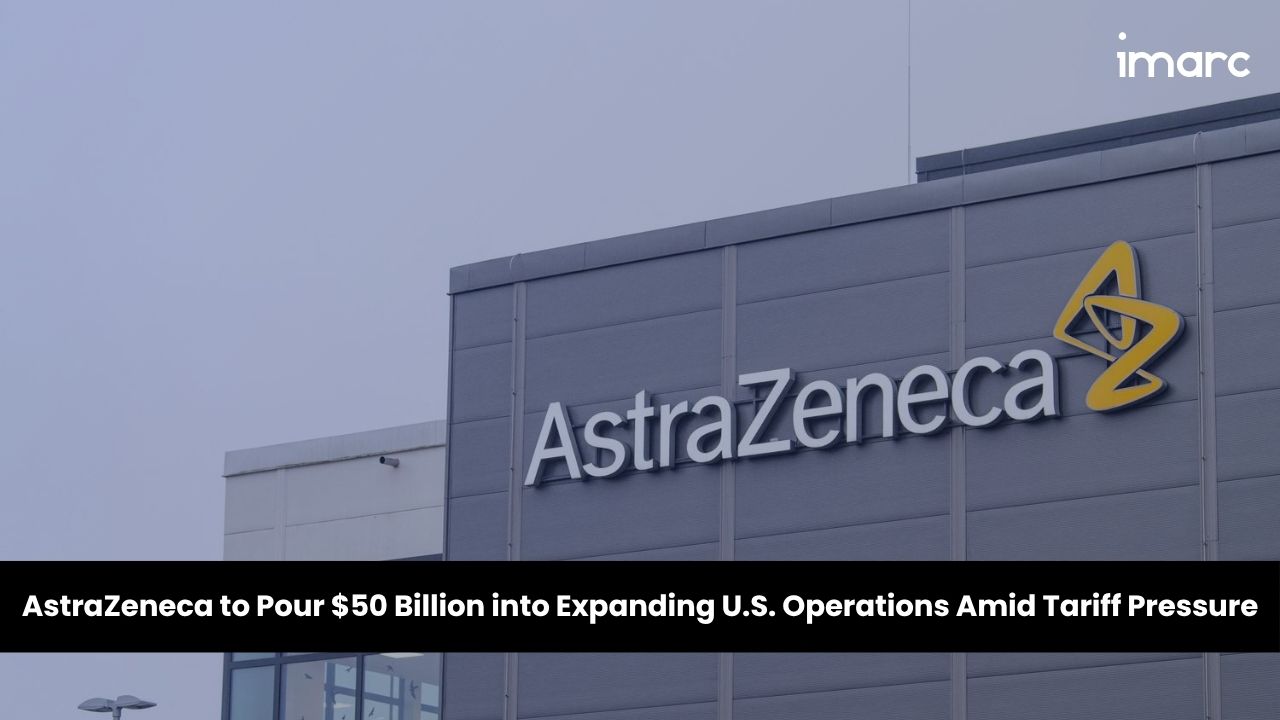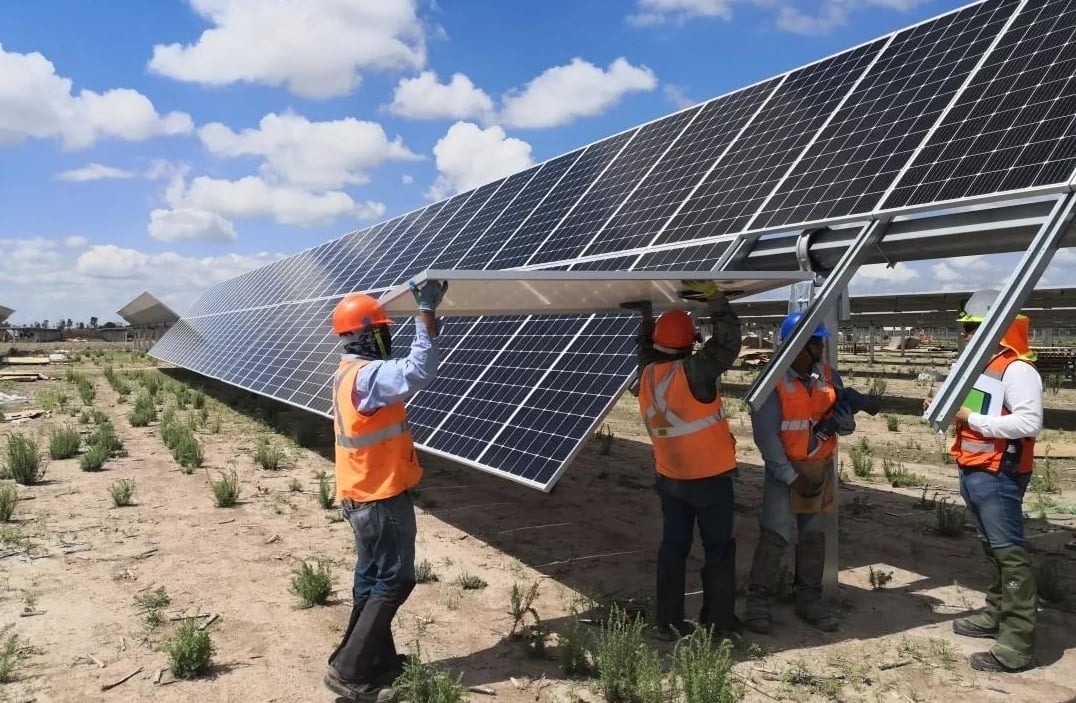Key Takeaways:
• $50 billion investment announced to expand AstraZeneca’s U.S. manufacturing and R&D footprint by 2030.
• Virginia will host the largest facility in company history, focused on producing drug substances for chronic disease treatments.
• Thousands of new jobs expected across Virginia, Maryland, Texas, Massachusetts, California, and Indiana.
• Announcement comes amid U.S. tariff threats, with AstraZeneca positioning itself to bolster domestic production and supply chain security.
• Goal: Reach $80 billion in revenue by 2030, with half expected from the U.S. market.
Major Expansion Anchored in Virginia
AstraZeneca has revealed a $50 billion investment plan to significantly grow its operations in the United States by the end of the decade. Central to the plan is a new drug substance manufacturing plant in Virginia—the company’s largest capital investment in a single facility to date. This site will focus on producing active ingredients for a new generation of chronic disease medicines, including oral GLP-1 therapies and an oral PCSK9 inhibitor for cholesterol treatment. The Virginia facility will be powered by automation, data analytics, and AI.
This move not only boosts the company’s production capabilities but also reflects its response to mounting political pressure to reduce U.S. reliance on foreign pharmaceutical imports. Virginia Governor Glenn Youngkin welcomed the announcement, highlighting its impact on advanced manufacturing jobs and the local economy.
Nationwide Investment in Research and Production
In addition to the Virginia hub, AstraZeneca will channel funds into enhancing its presence in key states:
• Maryland (Gaithersburg & Rockville): R&D expansion and next-generation cell therapy production.
• Massachusetts (Cambridge): Advanced research facility in Kendall Square.
• Texas (Coppell): Specialty manufacturing growth.
• California (Tarzana): Cell therapy manufacturing.
• Indiana (Mount Vernon): Continuous manufacturing upgrades.
The initiative also includes the development of new sites to support clinical trial logistics and continued investment in experimental drug pipelines.
Political Backdrop and Strategic Timing
The investment comes as the Trump administration signals tougher trade policies for the pharmaceutical sector. Previously spared in global trade disputes, drugmakers are now facing warnings of potential import tariffs. President Trump has repeatedly urged pharma firms to relocate more of their manufacturing stateside. U.S. Commerce Secretary Howard Lutnick emphasized that the goal is to eliminate long-standing reliance on foreign drug production.
AstraZeneca CEO Pascal Soriot linked the announcement directly to the U.S. policy climate, while also noting that the company would have made some of the investments regardless, to prepare infrastructure for upcoming medical breakthroughs. He also pushed back on the idea that the U.S. should continue shouldering most of the world’s R&D costs, calling for more equitable global contributions.
Competitive Landscape
AstraZeneca’s $50 billion pledge matches a similar commitment by Roche earlier this year. Other major pharmaceutical firms—Eli Lilly, Johnson & Johnson, Novartis, and Sanofi—have also rolled out new spending plans in the U.S. market in recent months, signaling a broad industry pivot toward domestic manufacturing.
This latest investment builds on the $3.5 billion AstraZeneca committed in late 2024. The company, which employs roughly 18,000 people in the U.S., expects this expanded footprint to help it meet its target of $80 billion in annual revenue by 2030, with half coming from American operations.
AstraZeneca’s scale-up reflects both long-term growth ambitions and a sharp adjustment to geopolitical and economic shifts. The company is betting big that an expanded U.S. base will not only shield it from trade policy uncertainty but also accelerate delivery of next-generation medicines to the world’s largest pharmaceutical market.




